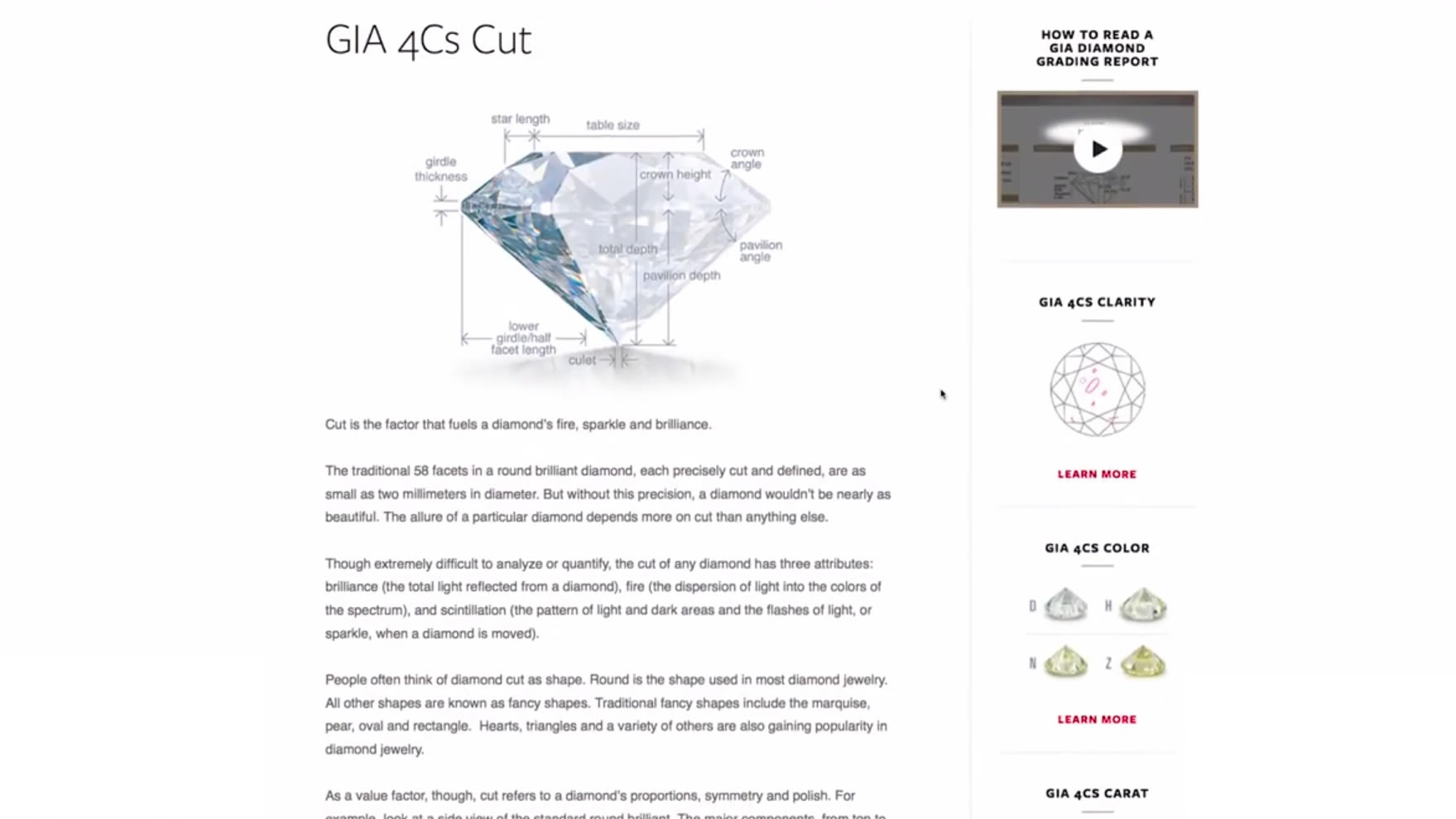Princess cut diamonds - a guide
The princess cut diamond is the most popular shape of diamond after round brilliant cut. Because GIA do not assess the 'cut grade' of a princess cut diamond, we take great care when choosing our princess cut diamonds to assess the optics of each stone. From experience we know that using 'rules of thumb' regarding table and depth percentages are unreliable, so our experts hand pick each diamond that we offer.
When choosing a princess cut diamond, it is important to first assess the brilliance of the stone - this is the level of white light return and pattern of contrast generated by the diamond. Here is a comparison between one of our hand-picked, princess cut diamonds certified by GIA on the left, versus a typical GIA certified princess cut diamond on the right which didn’t pass our optical tests.
The stone on the left has a very strong amount of white light return coupled with very nice pattern of contrast. The stone on the right has patches of good light return, but also has areas of light leakage which tend to give to give the diamond a grey overtone which looks less attractive to the naked eye.
If you are researching buying a princess cut diamond, you will usually find suggestions on-line for the ideal table and depth percentages that the diamond should have. Both of these stones have a depth of 71% and a table of between a 71% and 72%. This is considered to be in a premium range and so accordingly you might expect both diamonds to be similar in terms of the amount of fire they create. However, they have very different levels of fire/refraction. This shows that it isn’t possible to reliably predict the optical performance of the diamond just from a GIA grading report or by comparing table and depth percentages.
Another interesting observation is the size of the flashes of fire. Even though the stone on the right has less refraction, you will notice that the flashes of fire are a little larger in size than the diamond on the left. This is because it is a three chevron princess cut and hence has fewer facets on the pavilion. This doesn’t make the diamond more or less beautiful; it just changes the character of the stone a little.
Next you can compare the sparkles of the diamond. The diamond on the left has a very good level of sparkle which is very attractive to the eye. In comparison, the diamond on the right has some areas of the stone which are really underperforming.
Using the common dimensions of table and depth % as a guide to predict the optics of a princess cut diamond is very unreliable. The comparison shows that two stones which, according to the GIA report might suggest they are very similar, are in fact poles apart in terms of the appearance of the fire, scintillation and brilliance. This is why we hand pick every princess cut diamond.
Browse our older videos below. If you have a question not covered here or would like more detail, contact our expert team and we’ll happily assist you.
-



